Waterproofing a basement may seem pretty straightforward when in reality, it requires a depth of knowledge to implement correctly. Because each household has different challenges, we tailor our waterproofing strategies on a case-by-case basis.
Interior basement waterproofing involves techniques and products within the interior of your basement to prevent water infiltration and moisture. This is a proactive approach that aims to keep your basement dry and protect your Northern Virginia or Maryland home from water damage with proper drainage, barriers, and/or injections.
Without proper interior basement waterproofing, basements are vulnerable to water seepage, leaks, and flooding. This recurring water damage can compromise the structural integrity of your foundation. Additionally, a wet basement grows mold and mildew, which poses health risks to you and your loved ones.
There are several pests that thrive in cold, dark, and damp basements, such as termites, ants, and cockroaches. Investing in interior basement waterproofing is investing in the safety and health of your family.
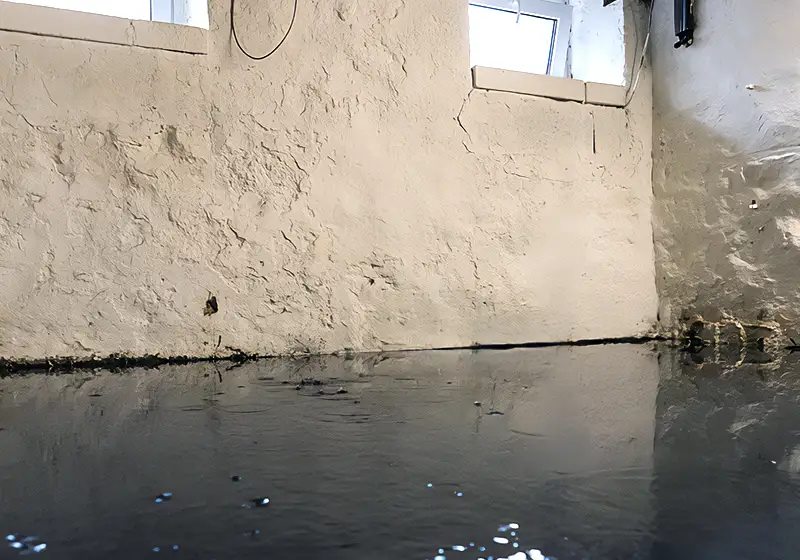
There are several warning signs that show when you need interior basement waterproofing. These can include visible water stains, musty odors, floor and wall separation, cracks in the walls or floors, efflorescence, mold and mildew, and even allergy symptoms.
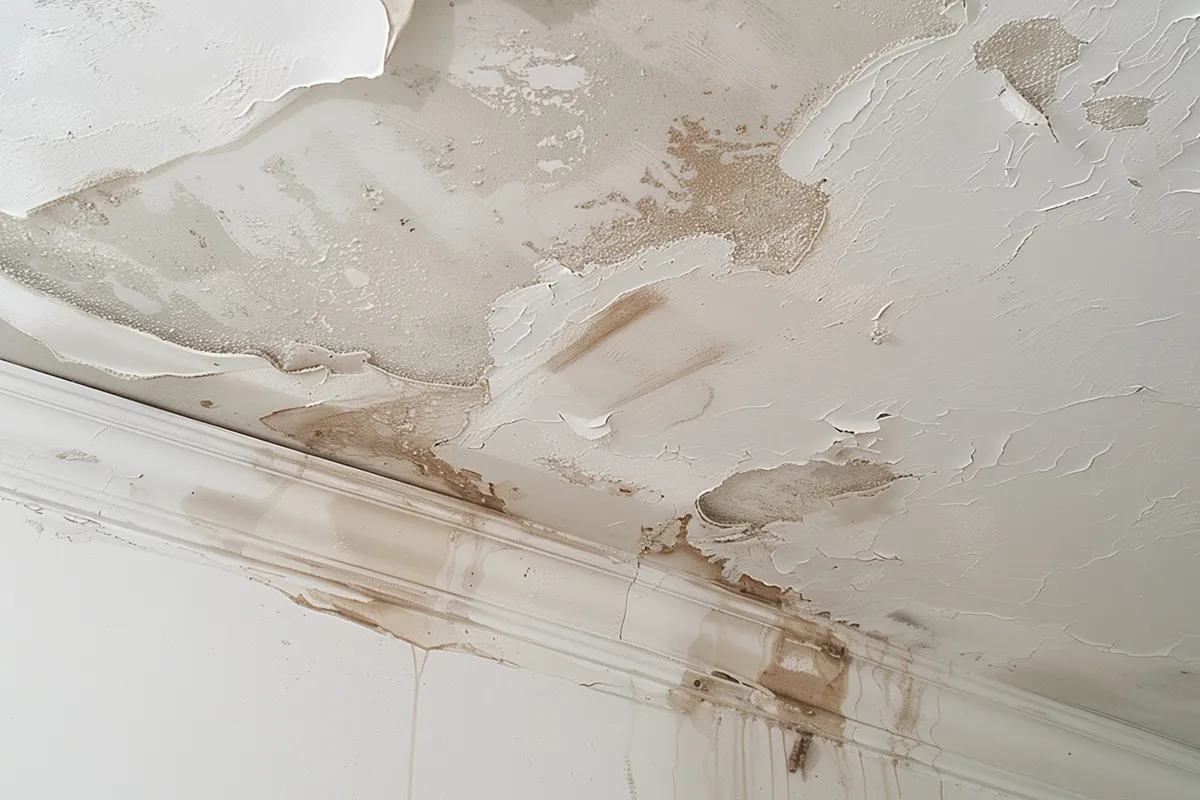
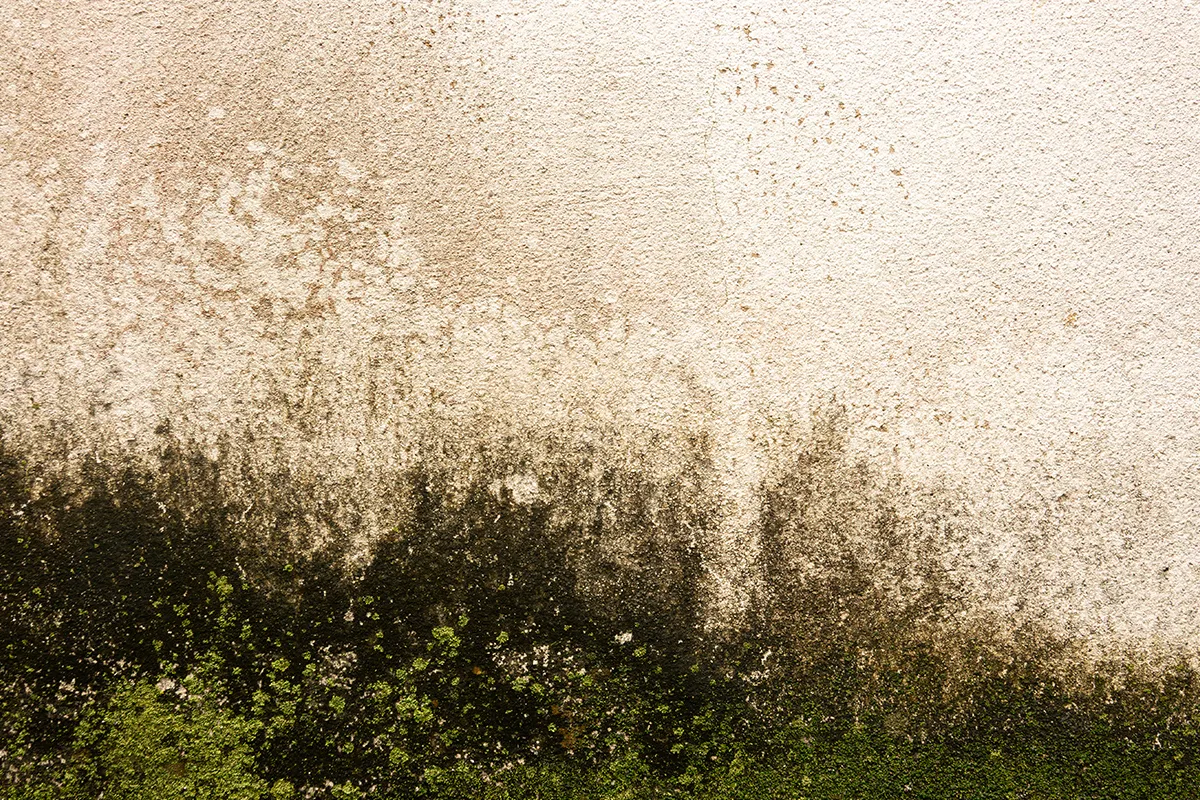
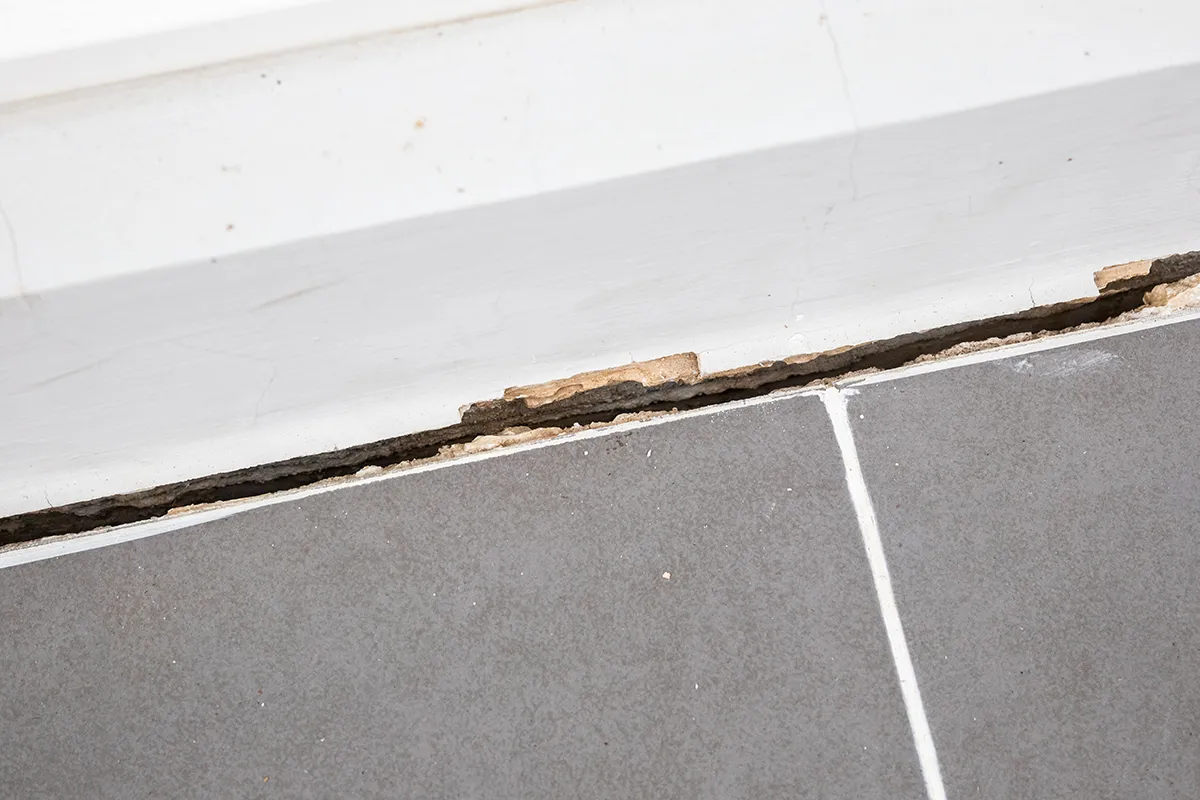
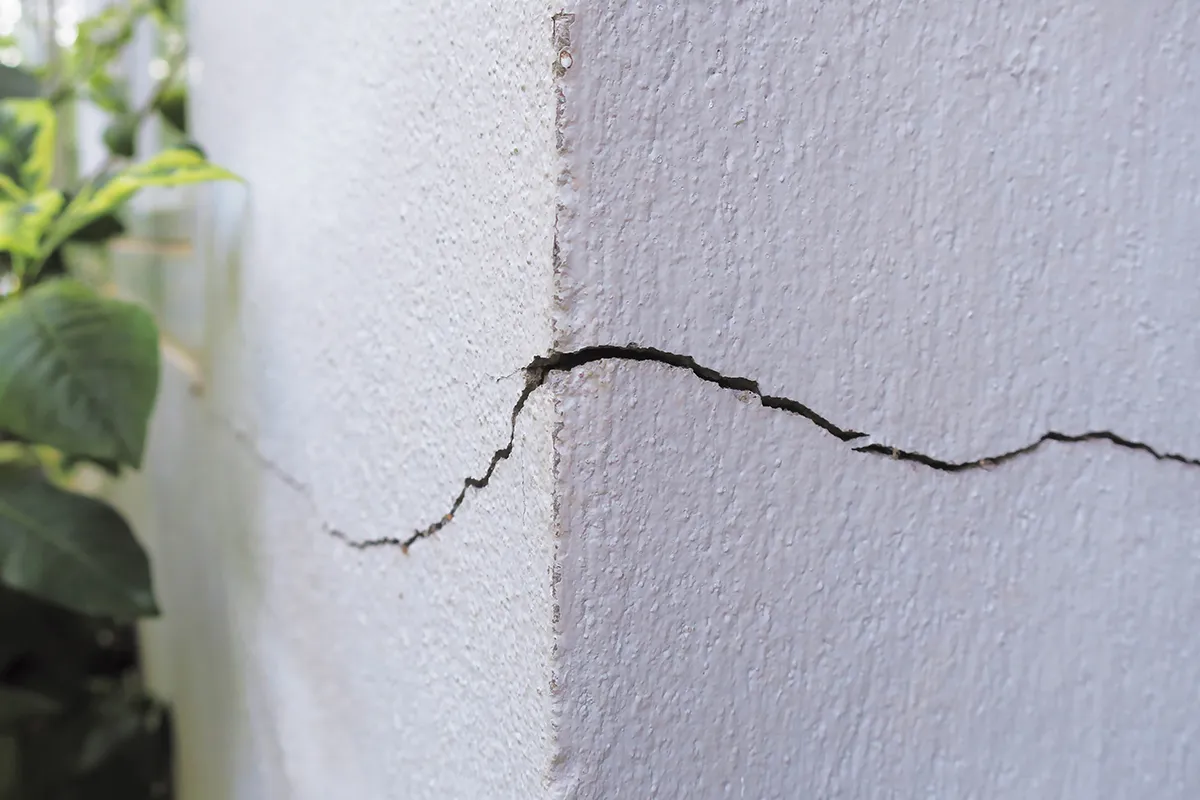
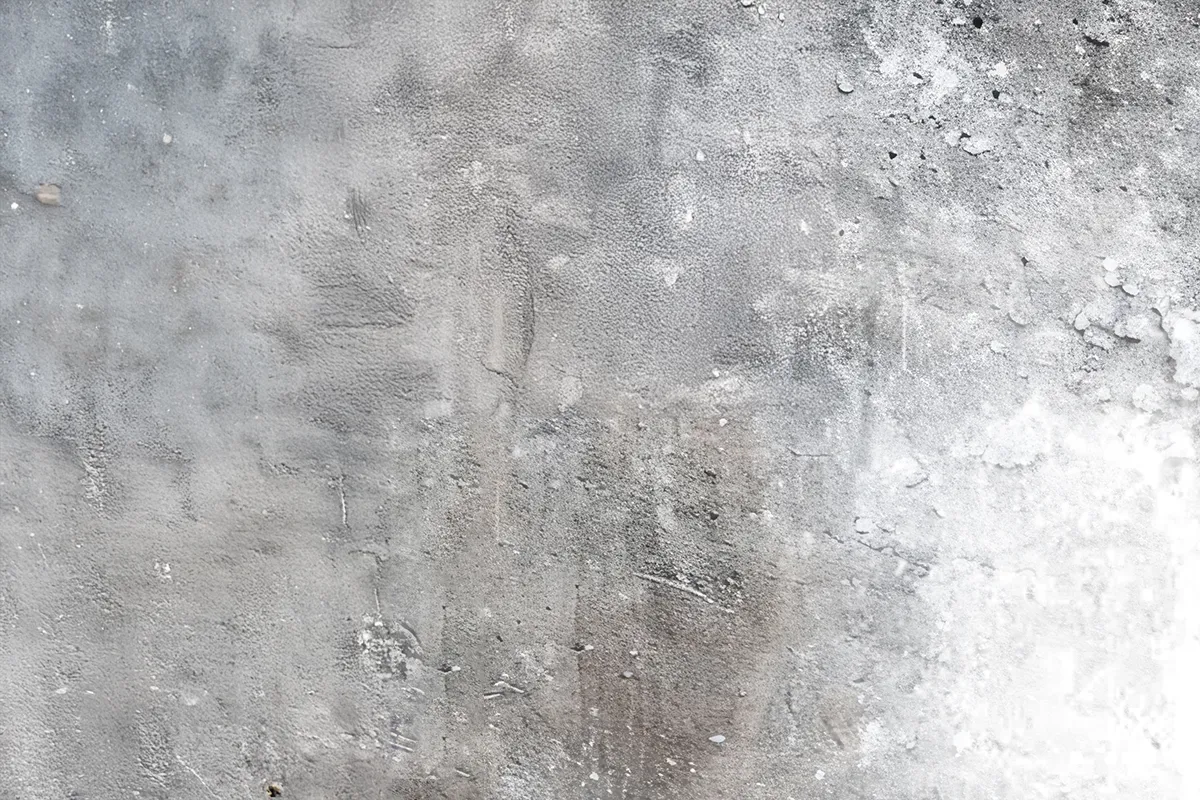
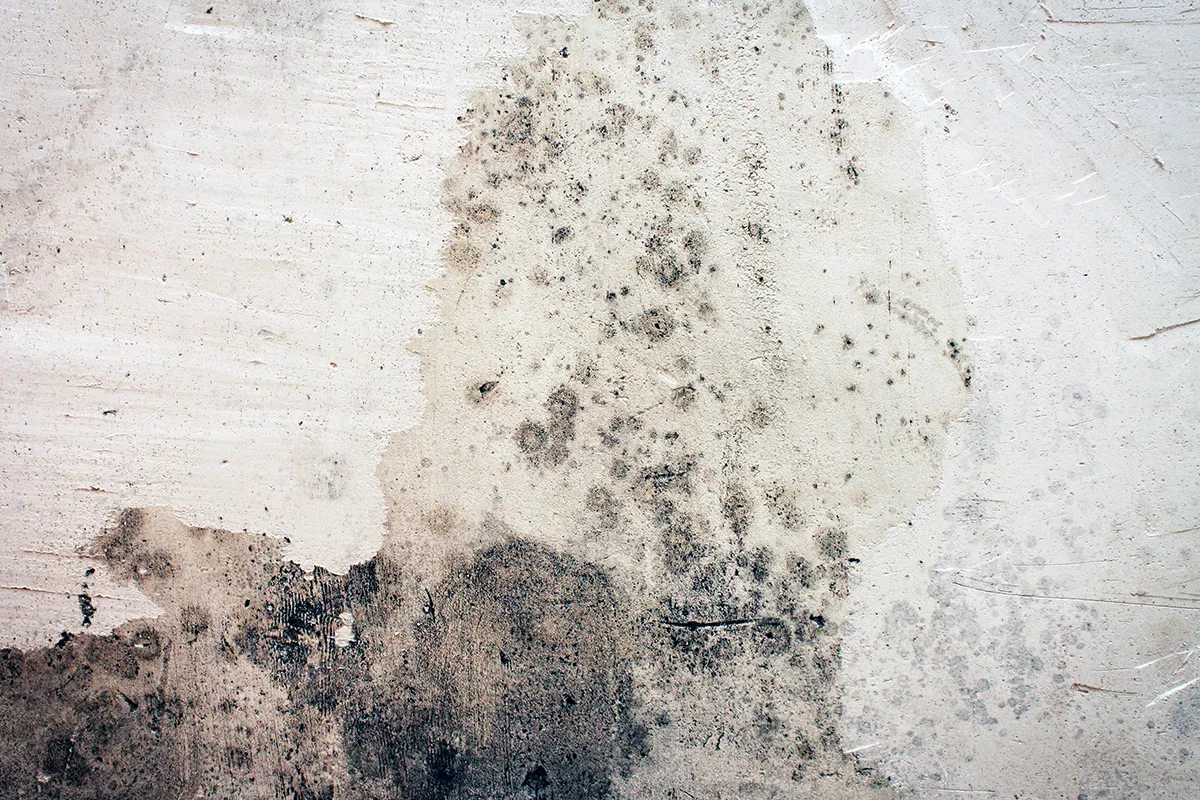

This is a fancy word that refers to the pressure exerted by groundwater against your basement walls. When there are heavy rains and rapid snowmelt in the soil around your home, the water will build-up pressure and push your basement walls inward. This can ruin the structural integrity of the foundation of your home! This causes foundation cracks leading to water intrusion.
Foundation cracks appear due to several reasons, including hydrostatic pressure, settling, tree roots, freeze-thaw cycles, and more. However they happen, they need to be fixed as soon as possible because these foundation cracks let water into your basement, leading to even more problems.
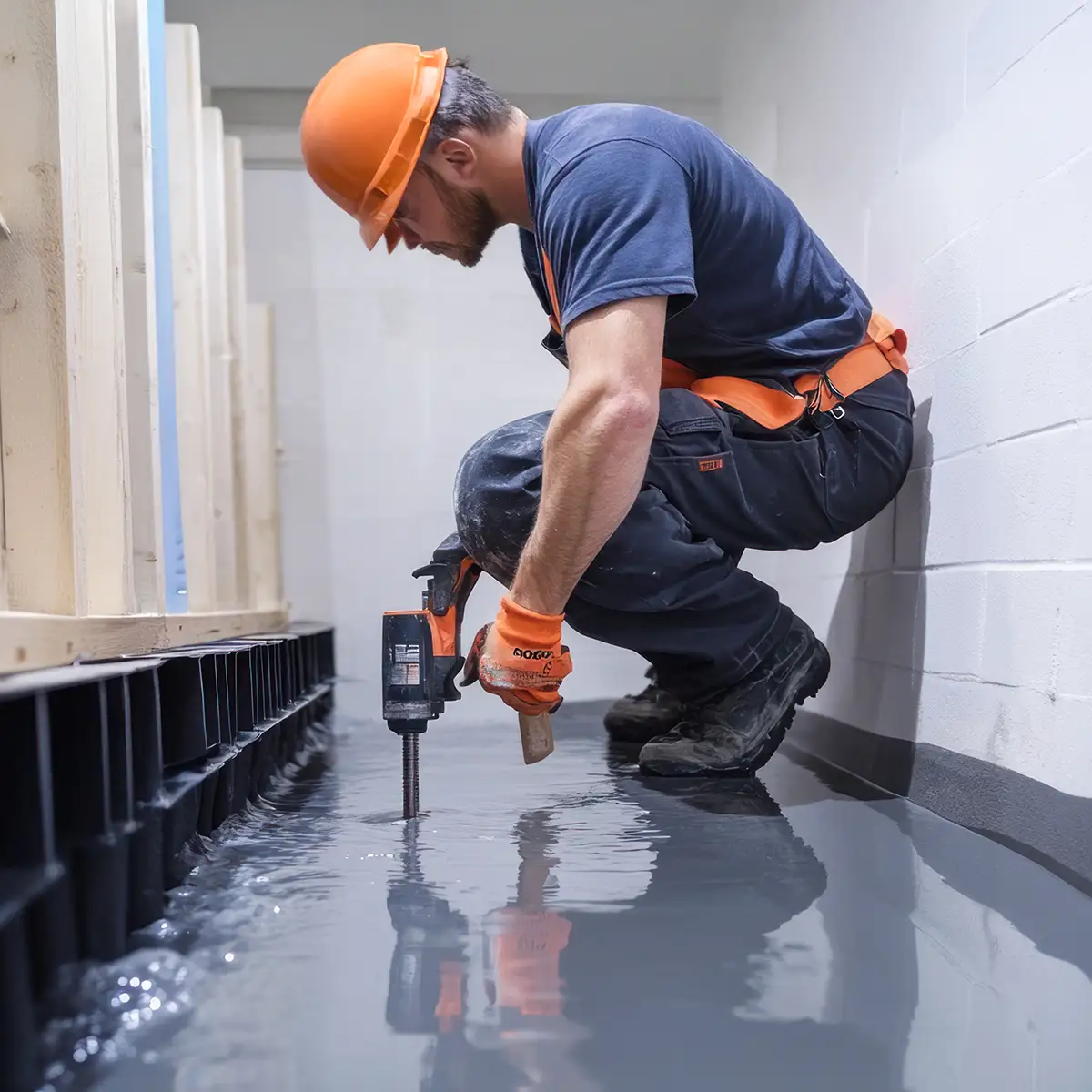
Once our experts determine the cause of your wet basement, we will determine if you need external or internal waterproofing. If interior basement waterproofing is the decided method, the steps will look something like this:
If there is already water in your basement, we’ll need to remove it before we can get to work. Additionally, our technicians may need to move heavy objects away from the wall to give them room to work.
Once our team has located the foundation cracks, we’ll use a strong epoxy injection to fill cracks and help prevent water from seeping through and causing further damage.
An interior drainage system installed along the perimeter of your basement will collect and redirect any future water away from your foundation. Typically, this consists of a perforated pipe laid within a bed of gravel to direct the water toward a sump pump or floor drain.
The purpose of the sump pump is to collect water from the interior drainage system and pump it out of the house to prevent flooding. If your existing sump pump isn’t working properly, we’ll need to install a new one.
Similar to exterior basement waterproofing, our technicians will apply a waterproof membrane to interior walls and flooring of your basement to create an extra barrier against moisture accumulation.
To prevent condensation from accumulating in your basement, we’ll recommend using dehumidifiers or upgrading ventilation.